 І. Ерехтейон
І. ЕрехтейонThe Erecththeion or Erechtheum is an ancient Greek temple on the north side of the Acropolis in Athens, Greece.
The temple as seen today was built between 421 BC and 407 BC, but it is believed to be a replacement for an older temple, since it is on the site of some of the most ancient and holy relics of the Athenians:
the Palladion, which was a xoanon (wooden effigy) of Athena Polias (Protectress of the City) that fell from heaven according to myth
the tomb of Cecrops
the tomb of Erechtheus
the marks of Poseidon's trident and the salt water well (the "salt sea") that resulted from Poseidon's strike, and
the precincts of Herse, Pandrosus and Aglaurus (the three daughters of Cecrops) and of the tribal heroes Pandion and Boutes.
Within the foundations lived the sacred snake of the temple, which represented the spirit of Cecrops and whose well-being was thought essential for the safety of the city. The snake was fed honey-cakes by the priestesses of Athena Polias, who were by custom the women of the ancient family of the Eteoboutadae. The snake's occasional refusal to eat the cakes was thought a disastrous omen.
The need to preserve multiple adjacent sacred precincts likely explains the complex design. The main structure consists of four compartments, the largest being the east cella, with an Ionic portico on its east end.
On the north side, there is another large porch with columns, and on the south, the famous Carytid Porch, or "porch of the maidens," with six draped female figures (Caryatids) as supporting columns.
The intact Erechtheion was extensively described by Pausanias (1.26.5 - 27.3).
 ІІ. Атина Нике
ІІ. Атина НикеThe Temple of Athena Nike ("Victorius Athena") in Athens was the earliest Ionic building to be built on the Acropolis. The temple was begun around 427 BC and completed during the unrest of the Peloponnesian war.
Made completely of marble, its small size was compensated for in its position, resting on a rocky outcrop, purposely positioned so the Athenian people could worship the goddess of victory in hope of prosperous outcomes in the war's endeavours.
The decision to build Athena Nike was an expression of Athens's ambitions to be a world power as opposed to Persia. The frieze on the temple displays the decisive victory over the Persians at the battle of Plataea and a meeting between the gods Athena, Zeus and Poseidon.
In the cellar of the temple is a statue of Athena as Nike Apterus, the goddess without wings. Her wings may have been removed by the Athenians in the hopes that she would remain in Athens for success over the Spartans.
 ІІІ. Зевс Олимпийски
ІІІ. Зевс ОлимпийскиThe Temple of Olympian Zeus, also known as the Olympieion, is an Greco-Roman temple in the center of Athens, southeast of the Acropolis. Begun in the 6th century BC, it was not completed until the reign of the Emperor Hadrian in the 2nd century AD. In was at that time the largest temple in Greece.
The Olympieion's foundations were laid (on the site of an earlier temple) by the tyrant Pisistratus in 515 BC, but the work was abandoned when Pisistratus's son, Hippias, was overthrown in 510 BC.
During the years of Greek democracy, the temple was left unfinished, apparently because the Greeks of the classical period thought it anti-democratic to build on such a scale. Aristotle cited the temple as an example of how tyrannies engaged the populace in great works for the state and left them no time, energy or means to rebel.
Work resumed in the 3rd century BC, during the period of Macedonian domination of Greece, under the patronage of the Hellenistic king Antiochus IV of Syria. Antiochus hired the Roman architect Cossutius to design the largest temple in the known world, but when Antoichus died in 164 BC the work was delayed again.
In 86 BC, after Greek cities were brought under Roman rule, the general Sulla took two columns from the unfinished temple to Rome to adorn the Temple of Jupiter on the Capitoline Hill. These columns influenced the development of the Corinthian style in Rome. In the 2nd century AD, the temple was taken up again by Hadrian, a great admirer of Greek culture, who finally brought it to completion in 129 or 131.
The temple was probably destroyed by an earthquake during the medieval period, and disassembled for building materials. The Olympieion was first excavated in 1889-1896 by Francis Penrose of the British School in Athens, who also played a leading role in the restoration of the Parthenon...
 ІV. Аполон в Делфи
ІV. Аполон в ДелфиThe focus of Delphi, both in ancient times and today, is the Temple of Apollo, dating from the 4th century BC. It originally had 6 columns on the front and 15 on the sides, which were stuccoed over. The exterior was decorated with shields captured from the Persians at Plataea. Today, visitors can see one complete column of the facade and portions of five more columns. Also visible are the foundations of the outer colonnade and the interior sekos.
 V. Храмовете в Пестум
V. Храмовете в ПестумPaestum is home to three magnificent Doric temples, which are thought to be dedicated to the city's namesake Poseidon (known to the Romans as Neptune), Hera and Ceres. The temples of Neptune and Hera are located next to each other at the southern end of the site, while the smaller Temple of Ceres is at the northern end. You can walk up close to the temples, but they are roped off to prevent interior access.
1. The Temple of Neptune (or Apollo or Hera II) dates from 450 BC and is the most complete of the three - everything remains intact except the roof and parts of the inner walls. It has double rows of columns. On the east side are remains of two altars, one large and one smaller. The smaller one was added by the Romans when they cut through the larger altar to build a road to the forum. Statues around the larger altar may indicate that Apollo was patron of the temple. Another possible dedication is Hera, like the temple next to it.
2. The Temple of Hera next door is the oldest of the three temples, built about 550 BC. It is sometimes called the Basilica, based on an error of earlier archaeologists in thinking it was a Roman public building. Unlike the other temples, the dedication of this one is certain, thanks to inscriptions to Hera on the temple. An open-air altar was unearthed in front of the temple, where the faithful could attend rites and sacrifices without entering the cella (the holiest area accessed by priests).
3. The Temple of Ceres (or Athena) was built in c.500 BC in a transitional style between Ionic and early Doric. It was later used as a Christian church, as indicated by three Christian tombs discovered in the floor. There was also a new Christian church built in Paestum in the 5th century, which still stands today (near the museum).
VІ. Храмовете в Акрагант
The Valley of the Temples is one of the most important archeological sites in the world and in 1997 it was named a UNESCO World heritage site. The temples are located in Agrigento, which is in the region of Sicily. The city was initially founded as a Greek colony in the 6th century BC and it quickly became a major cultural center. The doric style temples in the valley were all constructed within a century. Each of the temples face east, which was a standard criteria for both Greek and Roman temples. This was done so that the statue of the god housed in each temple would be illuminated by the rising sun. One can only imagine how beautiful this area was when it was a thriving city and the temples were almost all complete. I am sure it would have been a site to behold.
 1. Temple of Concorde
1. Temple of Concorde Of all of the temples in the valley this is the only one to remain relatively intact and it is considered one of the best preserved Doric style temples. It is believed that this temple was constructed around 430 BC, but it is unclear as to which god this temple was erected for. The temple got its name from a Latin inscription found near the temple. The reason the temple remained intact is due in part to it being converted to a Christian church in the 6th century.
2. Temple of Hera Lacinia (Juno)
Built around the 5th century BC this temple was dedicated to the goddess of marriage and childbirth. It was erected on the highest point in the valley, which is located in the southeast corner. In 406 BC the Carthaginians came along and ransacked the city. Before all was said and done they set the temple on fire. It was initially constructed with 34 columns of which 30 still remain standing.
3. Temple of Heracles
This was the first temple built in the valley at Agrigento. The construction of this temple was completed during the later part of the 6th century BC. It was originally built with 38 columns, but today only 8 remain standing. The temple was dedicated to the legendary Hercules, who is the national hero of Sicily and in particular the city of Agrigento.
 VІІ. Храмът в Дидима
VІІ. Храмът в ДидимаThe Temple of Apollo at Didyma, also known as the Didymaion, has a long history. Pausanias (c. 160 AD) said the Didymaion was constructed before Greek colonization (10th century BC), and some date it to the 2nd millennium BC.
However, the earliest fragments of the temple found thus far date to the end of the 8th century BC. This Archaic temple was in the charge of the Branchids, a priestly caste named after Branchus, a favourite youth of Apollo. Three prose oracles and one dedication survive from this period.
The original temple was destroyed by Darius I of Persia in 494 BC, who looted many of the statues and its vast treasury built up by the generous gifts of Croesus, King of Lydia. The Branchids were exiled to Sogdiana.
After Alexander the Great conquered Miletus in 334 BC, the oracle of Apollo at Didyma was resanctified and quickly regained its importance. Thereafter Miletus administered the cult of Apollo, annually electing a prophet. In 313 BC, the Milesians began to build a new Hellenistic temple on the site of the earlier shrine, which they intended to be the largest in the Greek world. It is this temple that visitors see today.
Construction continued during the 3rd and 2nd centuries BC, and portions were still under construction in the Roman period. It was never entirely completed. Even incomplete, the temple is enormous and impressive; it is the third largest in the ancient world after those of Ephesus and Samos.
The Oracle of Apollo at Didyma rivaled that of Delphi; pilgrims flocked to Didyma not only to worship Apollo and attend the festival, but also to find answers about their future. Famous persons known to have visited Didyma's Temple of Apollo include Alexander the Great's generals Lysimachus and Seleucus I, and the Roman emperors Augustus and Trajan.
http://www.sacred-destinations.com/sacred-sites/greek-temples.htm
http://www.italiansrus.com/articles/temples.htm
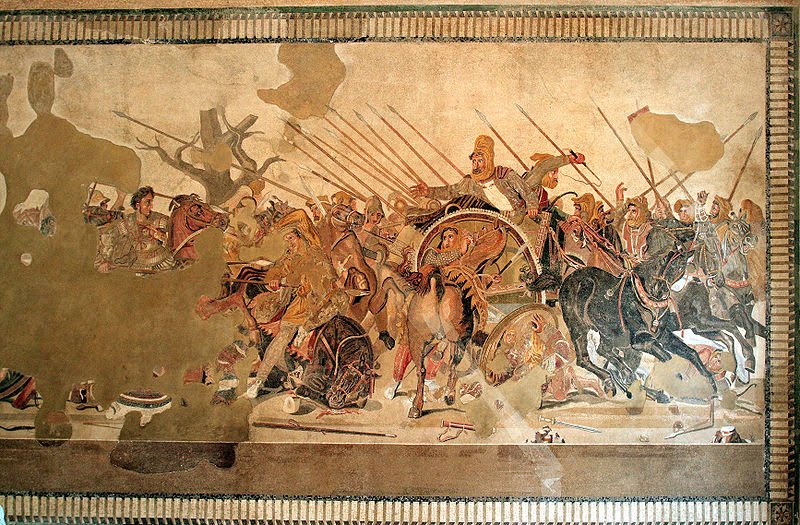
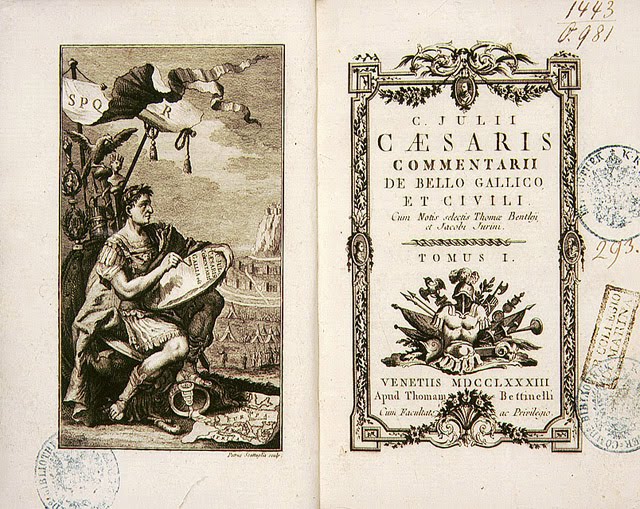
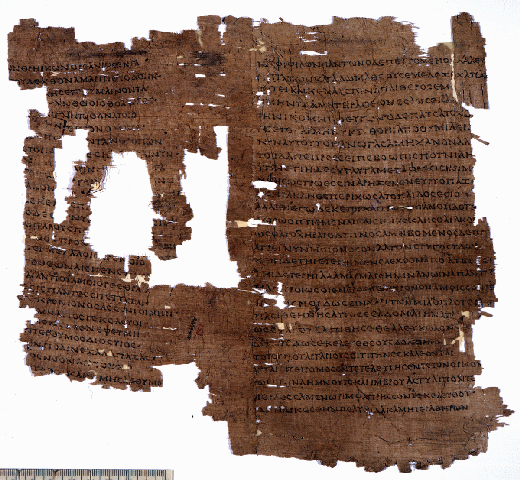
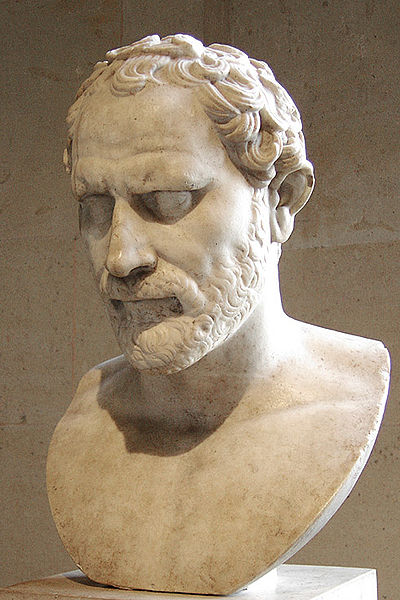


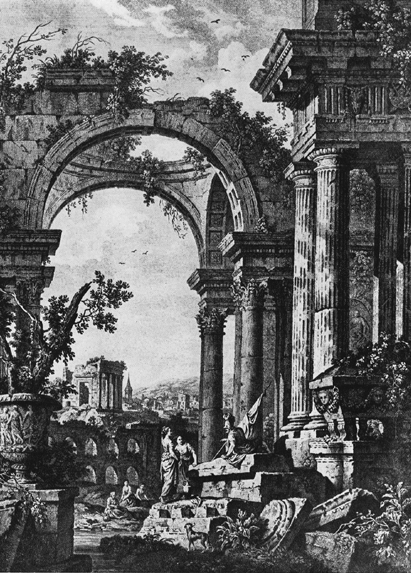




No comments:
Post a Comment